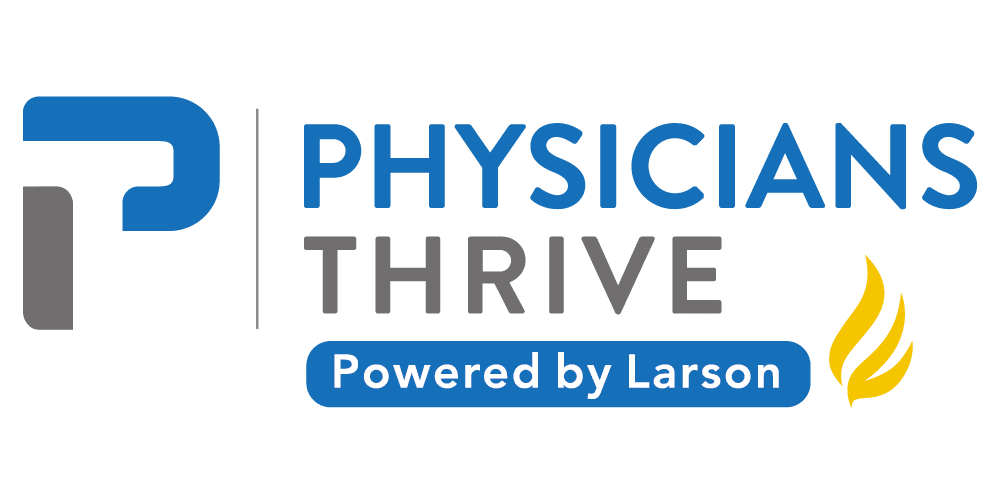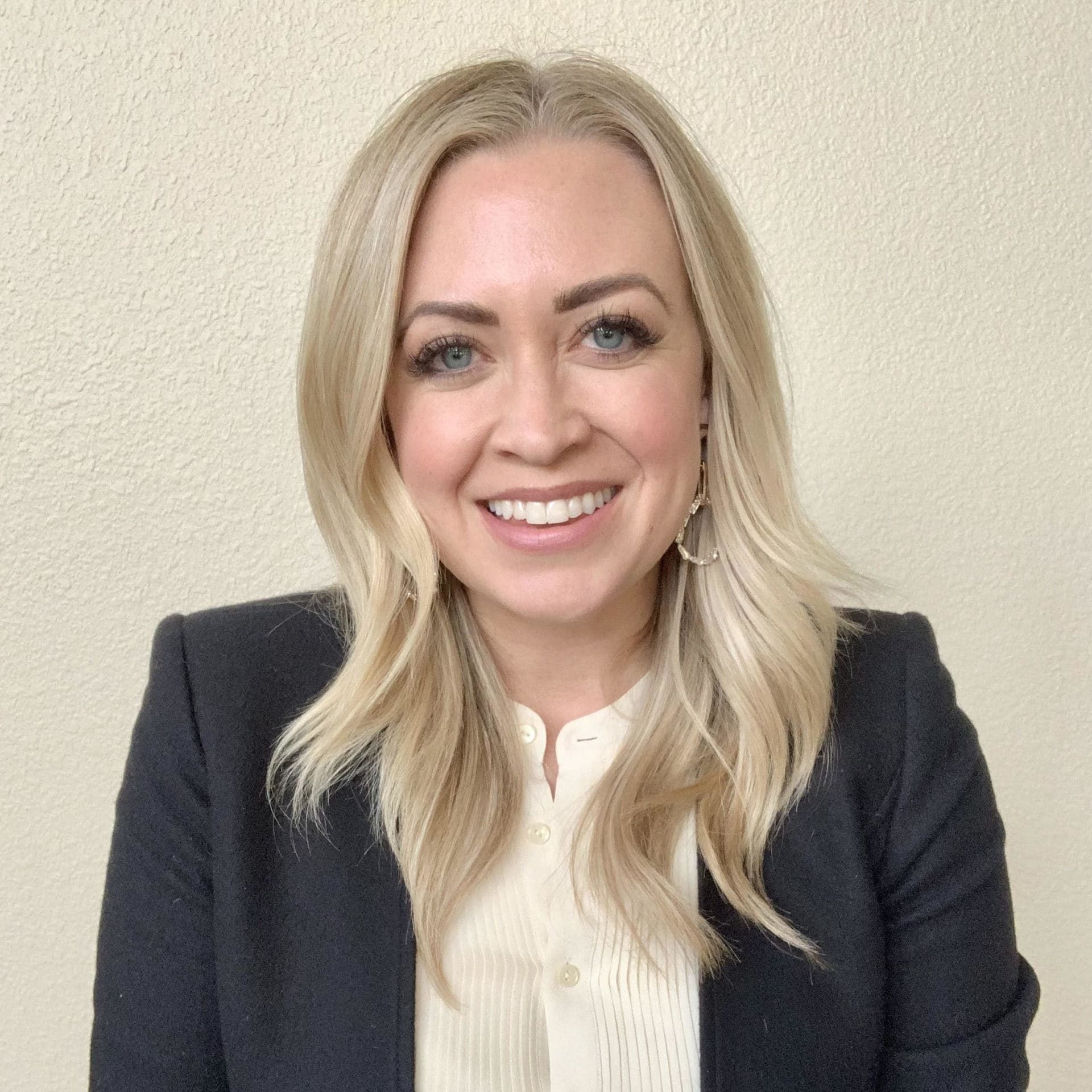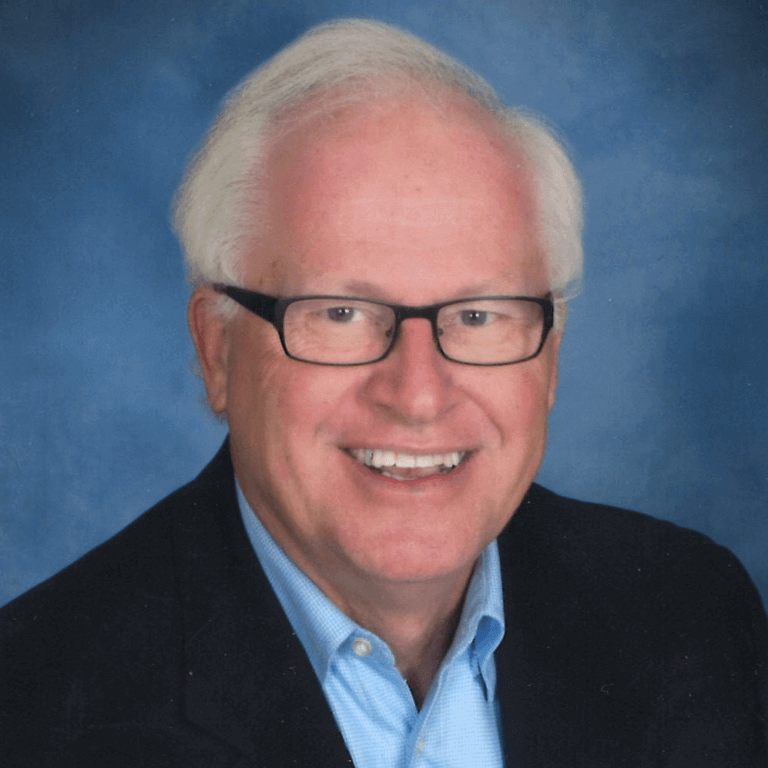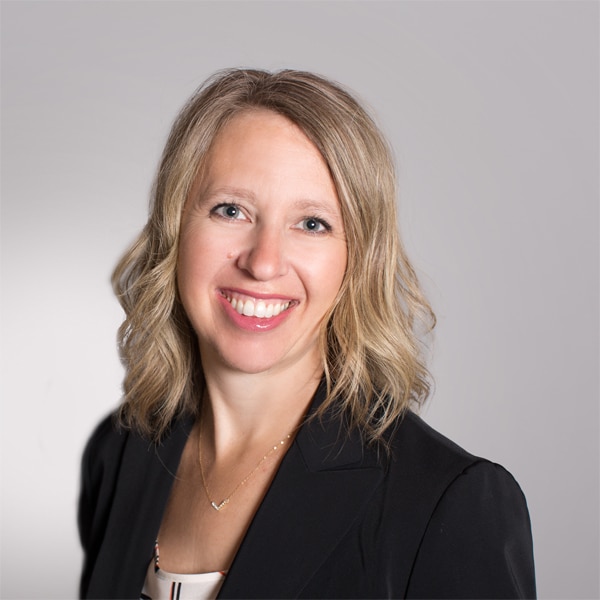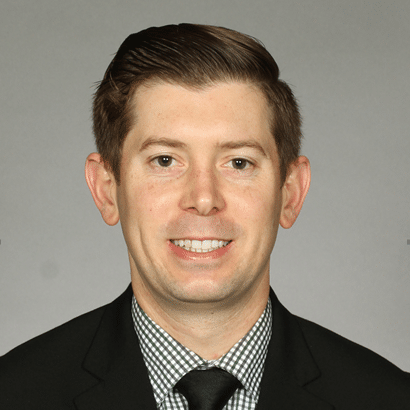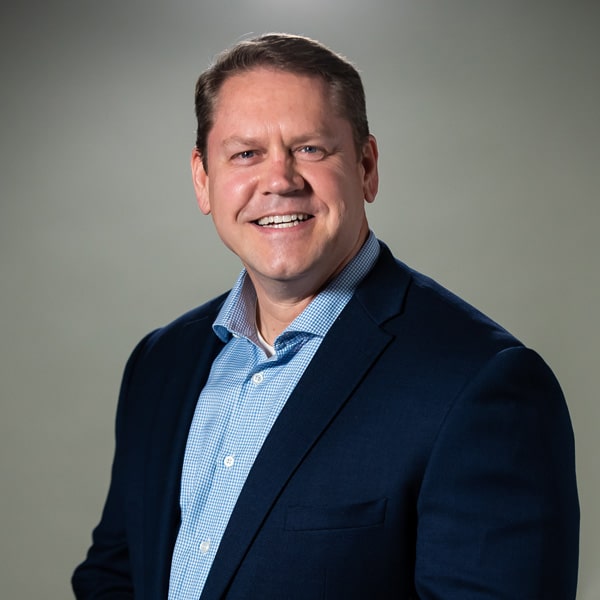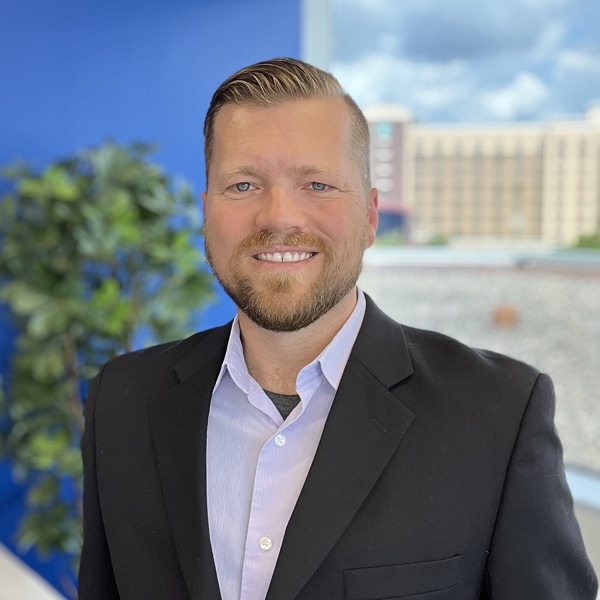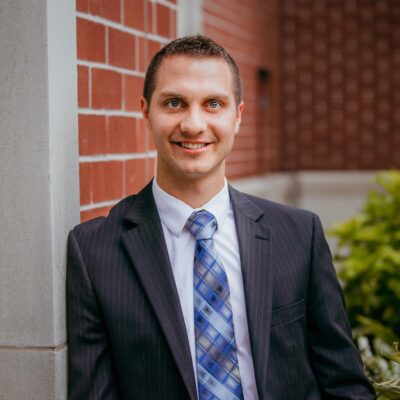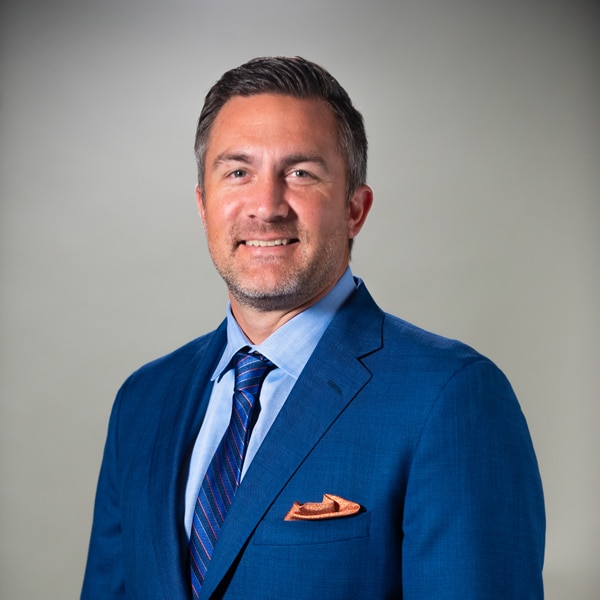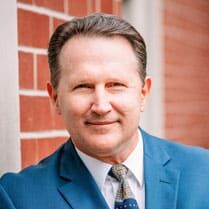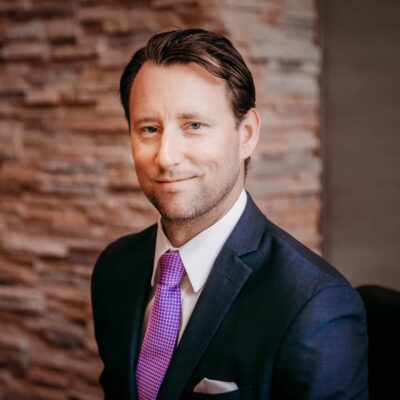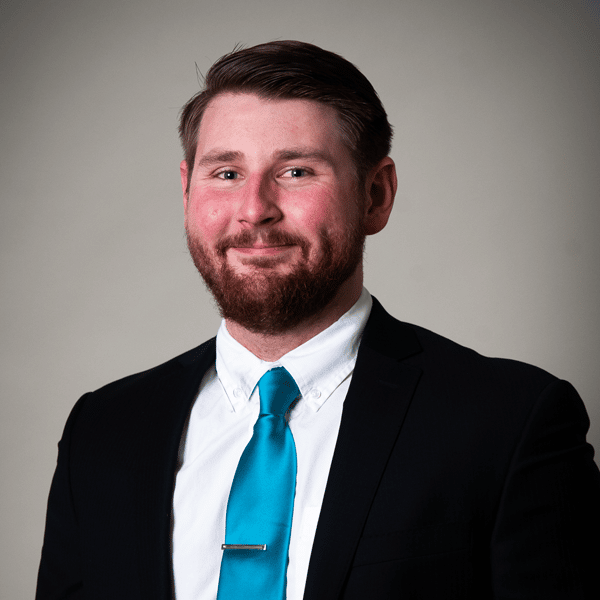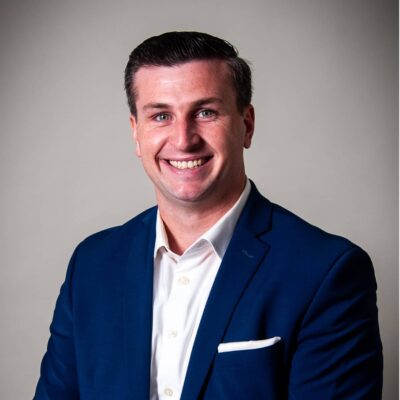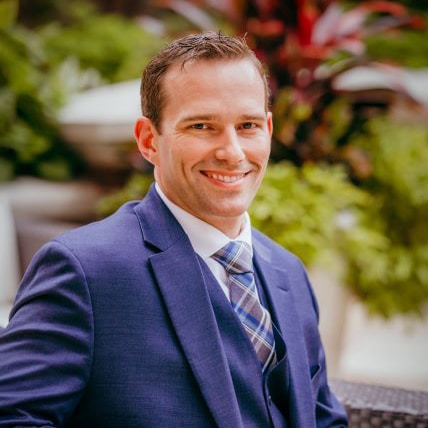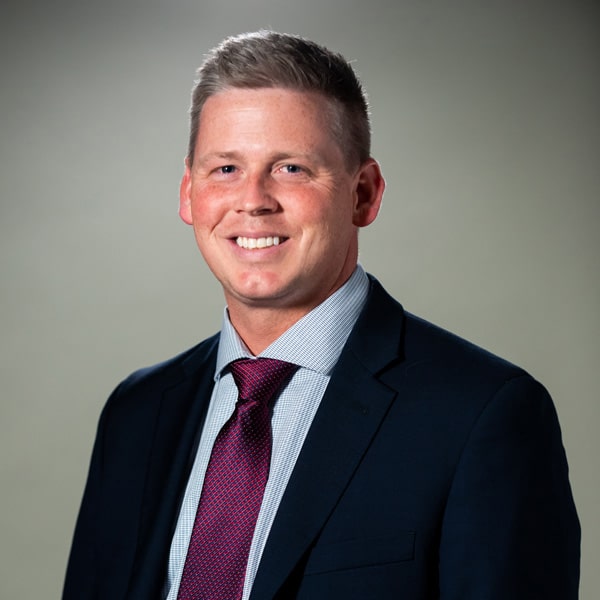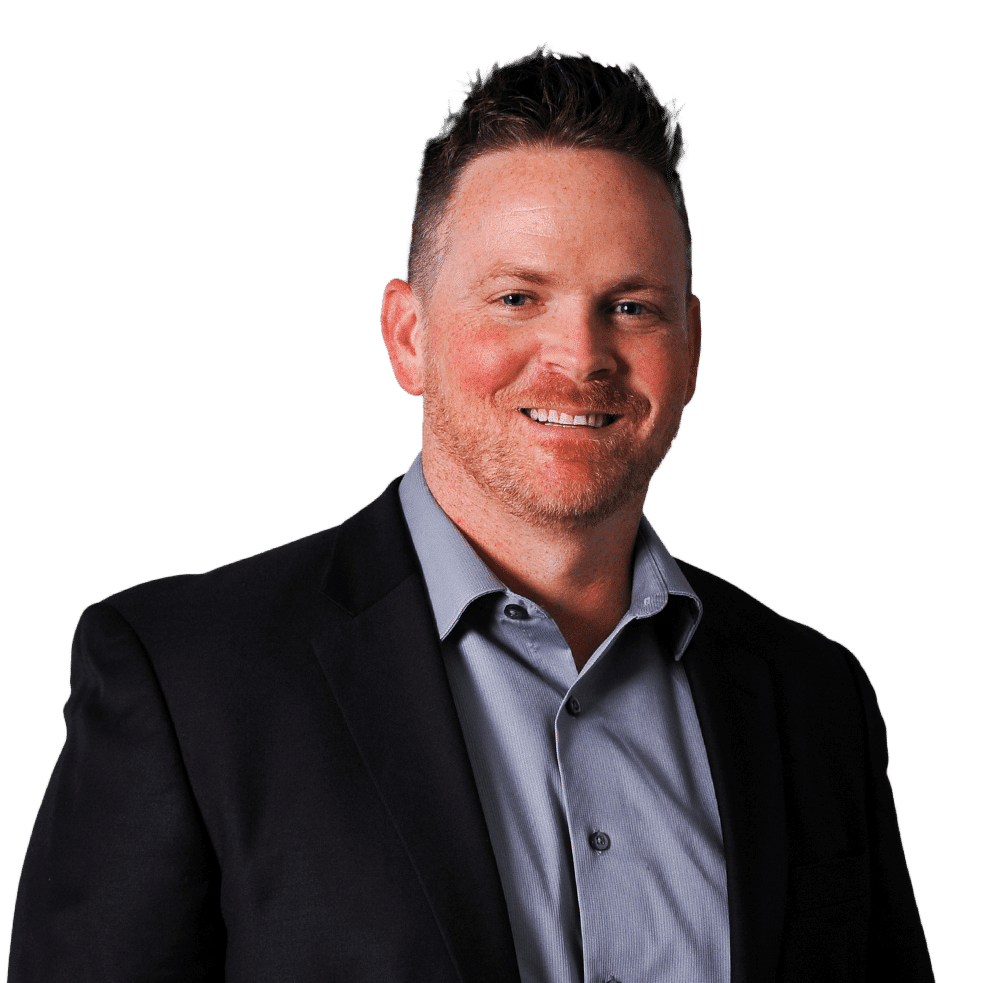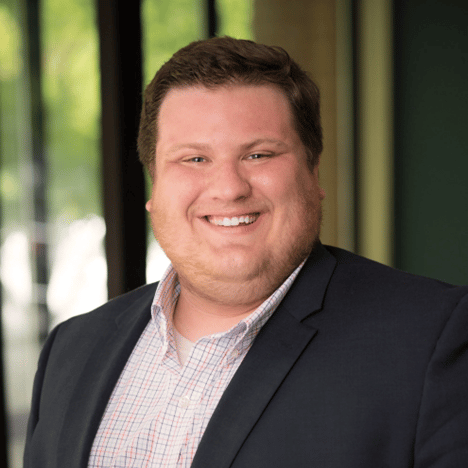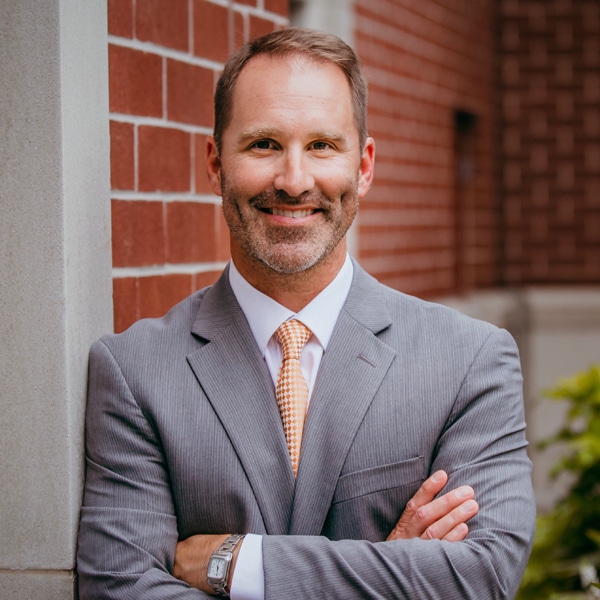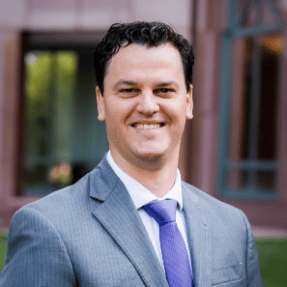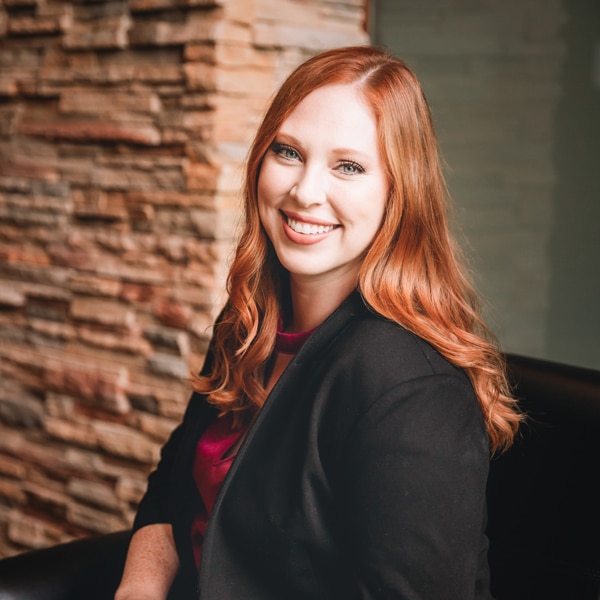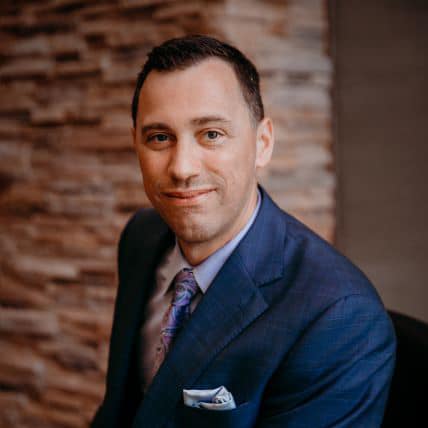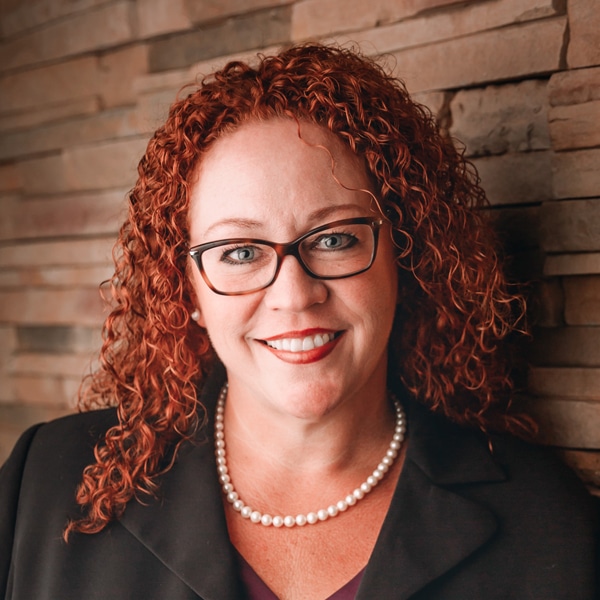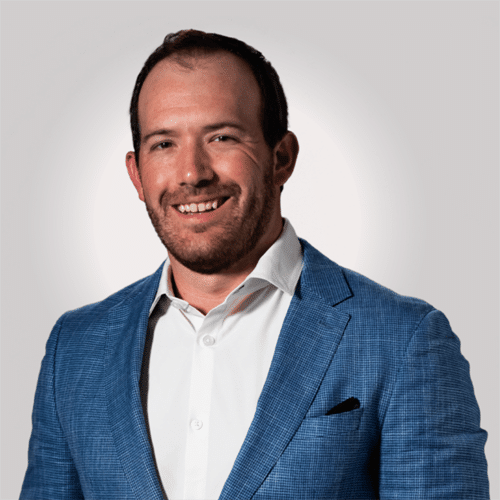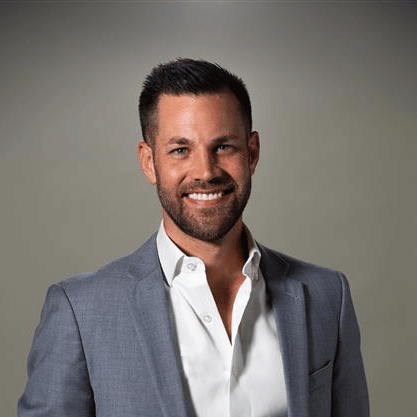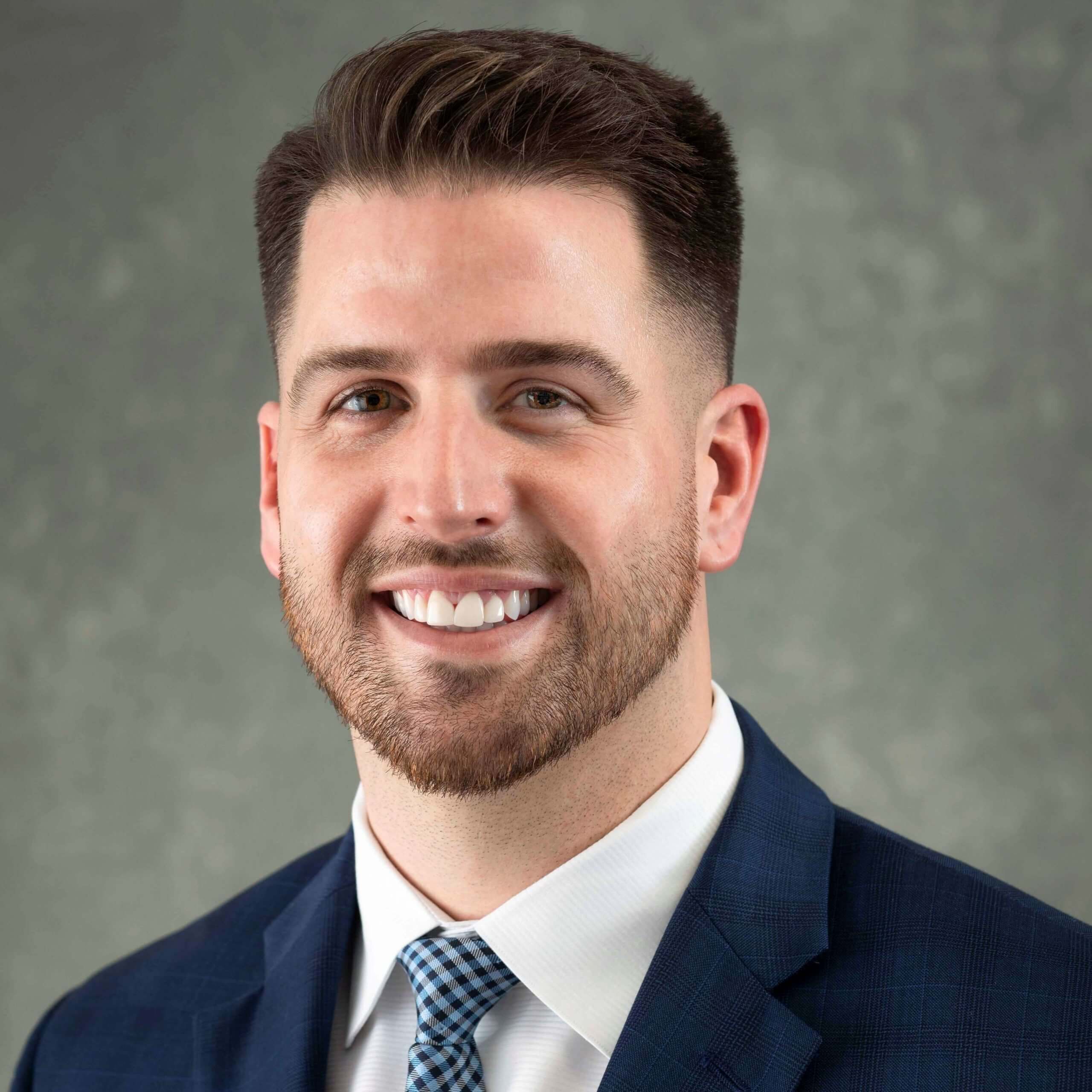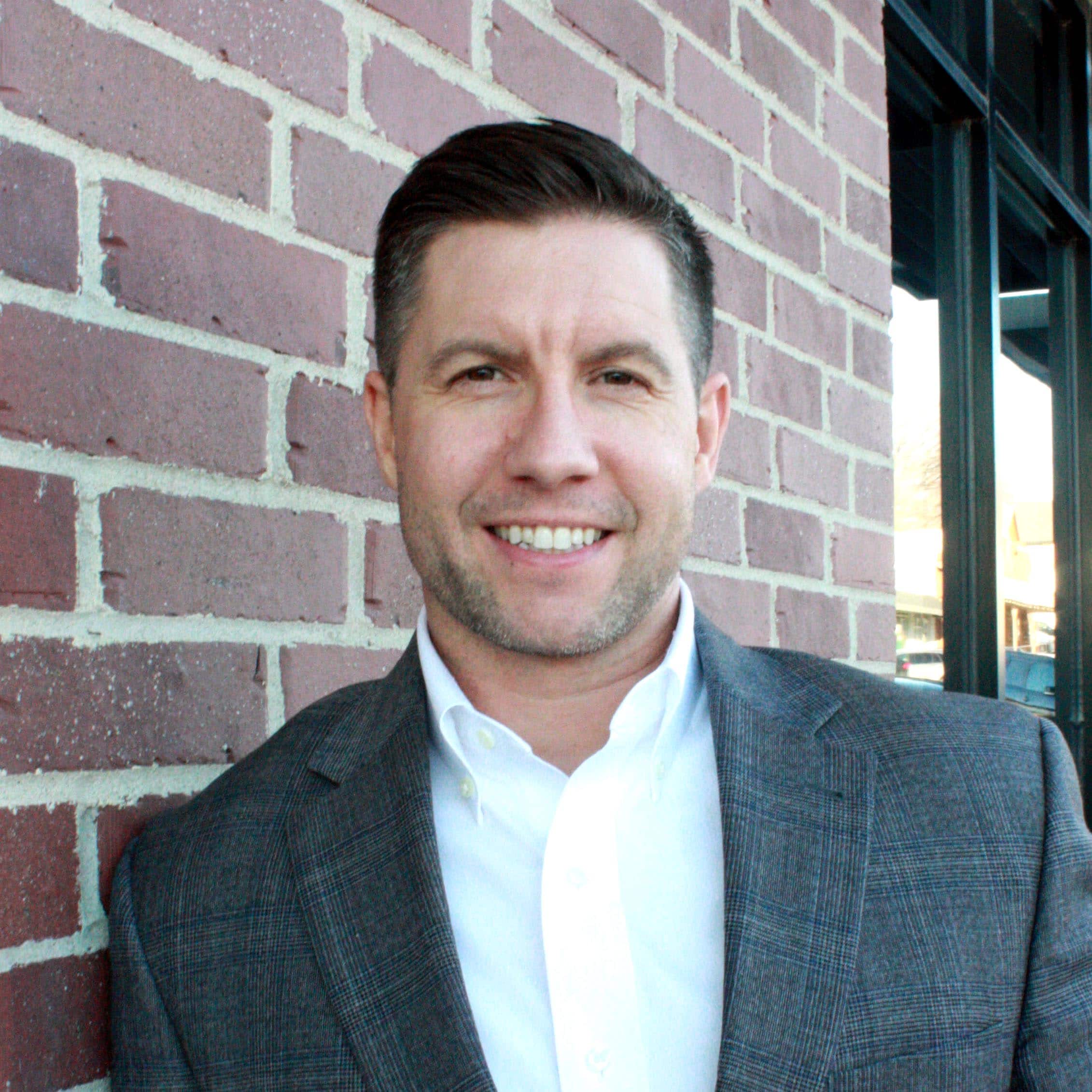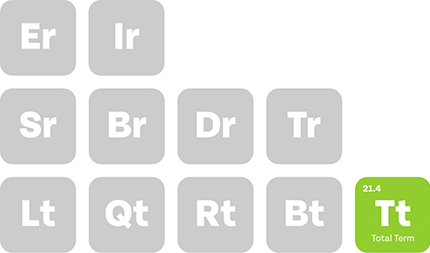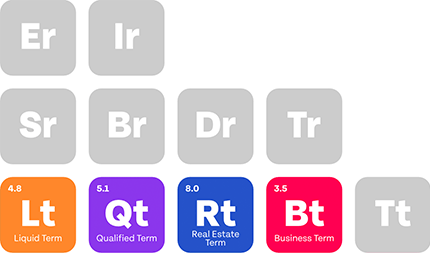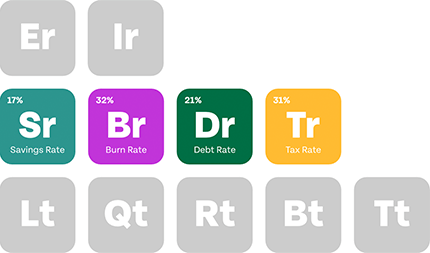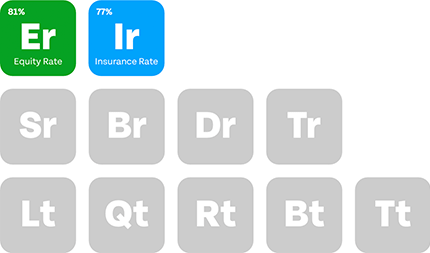A reverse mortgage is a special loan type available to homeowners aged 62 and older. It allows them to convert part of their home equity into cash.
Unlike traditional mortgages, where homeowners make monthly payments to the lender, a reverse mortgage lets the lender pay the homeowner.
This can be particularly beneficial for retirees who may have limited income but substantial equity in their homes.
So, how does a reverse mortgage work? What are the eligibility requirements and costs associated? And what can you expect as far as benefits and potential drawbacks? Read on to find out.
Key Takeaways
- Reverse mortgages allow homeowners 62+ to convert home equity into cash.
- HECMs are federally insured, flexible, and the most common reverse mortgage type.
- Costs include origination fees, mortgage insurance, and ongoing property expenses.
- Consider risks like growing loan balances and reduced home equity for heirs.
Table of Contents
Types of Reverse Mortgages
Before we discuss how reverse mortgages work, we must first underline that there are three types of reverse mortgages. This guide will focus on Home Equity Conversion Mortgages (HECMs) since they are the most common.
Home Equity Conversion Mortgages (HECMs)
HECMs are federally insured loans backed by the U.S. Department of Housing and Urban Development (HUD) and represent the most widely available type of reverse mortgage.
Unlike single-purpose loans, HECMs allow borrowers to use the funds for any purpose. That said, they require mandatory counseling to ensure borrowers understand the costs involved.
Single-Purpose Reverse Mortgages
State and local governments or nonprofit organizations offer single-purpose reverse mortgages. This is the least expensive option of the three, as they’re often subsidized.
However, the funds can only be used for specific purposes, such as home repairs or property taxes. This limitation makes them less common and not available in all states.
Proprietary Reverse Mortgages
Offered by private mortgage lenders, proprietary reverse mortgages cater mainly to homeowners with higher-valued properties who wish to borrow more than HECM’s limit allows ($1,209,750 in 2025).
These loans don’t require upfront mortgage insurance premiums but may come with higher interest rates and closing costs. Counseling may also be required before applying.
How Does a Reverse Mortgage Work?
With a reverse mortgage, borrowers aren’t required to make monthly mortgage payments. Instead, the loan balance increases over time as interest and fees accumulate. The homeowner retains the title to the property, allowing them to live in their home as long as they meet certain conditions (more on that shortly).
The loan becomes due when the borrower dies, sells the home, or moves out permanently. At that point, the home is typically sold to pay off the loan balance.
Homeowners taking out an HECM can choose how to receive their funds:
- Lump Sum: A one-time payment at loan closing.
- Monthly Payments: Regular payments for as long as at least one borrower lives in the home (tenure plan) or for a fixed term.
- Line of Credit: Access to funds as needed, where interest is only paid on the amount borrowed.
- Combination Options: Borrowers can combine these options for flexibility, such as receiving monthly payments along with a line of credit.
Reverse Mortgage Eligibility Requirements
To qualify for an HECM, borrowers must meet the following criteria:
- All borrowers must be at least 62 years old.
- Eligible properties include single-family homes, condominiums, and certain manufactured homes (cooperative housing is generally not eligible).
- The property must meet Federal Housing Administration (FHA) standards and floor requirements and be the borrower’s primary residence.
- Homeowners should either own their home outright or have significant equity (at least 50%).
- Prospective borrowers must undergo counseling from a HUD-approved counselor to ensure they understand the implications of a reverse mortgage.
Costs of Getting a Reverse Mortgage Loan
Although they’re designed to provide financial relief, reverse mortgages aren’t without costs. These may include:
- Origination Fees: Charged by lenders for processing the reverse mortgage loan.
- Mortgage Insurance Premiums (MIPs): Required for federally insured loans (HECMs), which protect lenders against losses.
- Closing Costs: Similar to traditional mortgages, these can include appraisal fees and title insurance.
- Ongoing Costs: Such as property taxes and homeowners insurance.
Benefits of Reverse Mortgages
For many medical professionals nearing retirement or those looking to supplement their income, most reverse mortgages can offer the following advantages:
- Increased Cash Flow: By tapping into home equity, retirees can access funds for living expenses or healthcare costs without having to sell their homes.
- No Risk of Foreclosure for Non-Payment: As long as homeowners comply with property tax and insurance requirements, as well as maintain their homes, they cannot be foreclosed on due to non-payment.
- Flexibility in Payment Options: The various disbursement methods allow homeowners to tailor their financial strategy according to their needs.
Considerations and Potential Drawbacks
Reverse mortgages may not be suitable for everyone for a few reasons. For starters, the loan balance grows over time due to accruing interest and fees, which can significantly erode home equity.
Further, if heirs wish to keep the home after the borrower passes away, they’ll often need to repay the loan balance by selling the house or taking out another mortgage.
Note also that upfront fees and ongoing costs can add up quickly, especially when you take the accumulating debt associated with accruing interest into account.
Common Misconceptions About Reverse Mortgage
These are a few myths surrounding reverse mortgages that can lead to confusion:
- “I Will Lose My Home”: As long as you meet your tax and insurance obligations, you retain ownership of your home.
- “Reverse Mortgages Are Only for Low-Income Individuals”: While they can help those with limited income access funds, they’re available to any eligible homeowner who meets the age and equity requirements.
- “Heirs Will Be Responsible for Repaying the Loan”: Reverse mortgages are non-recourse loans, meaning that repayment comes from the sale of the home, and heirs aren’t personally liable for any shortfall if the sale price doesn’t cover the loan balance.
Consult a Financial Advisor Today
If you’re an eligible homeowner aged 62 and older, a reverse mortgage can come in handy if you’re looking for ways to manage your finances during retirement.
It offers several benefits, such as increased cash flow and retained homeownership, which can provide peace of mind in your later years. However, it also comes with costs and potential drawbacks that require careful consideration and the right support.
Physicians Thrive specializes in helping doctors and surgeons make informed financial decisions tailored to their unique circumstances.
If you’re looking for advice on whether or not you should take out a reverse mortgage, contact us today, and we’ll connect you with one of our professional advisors.

